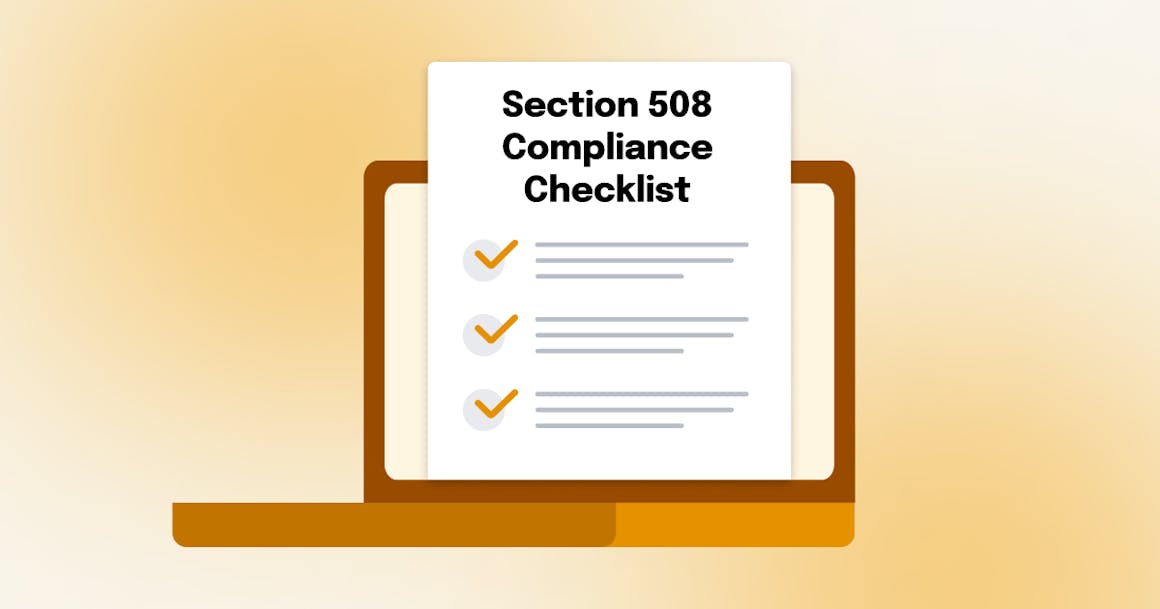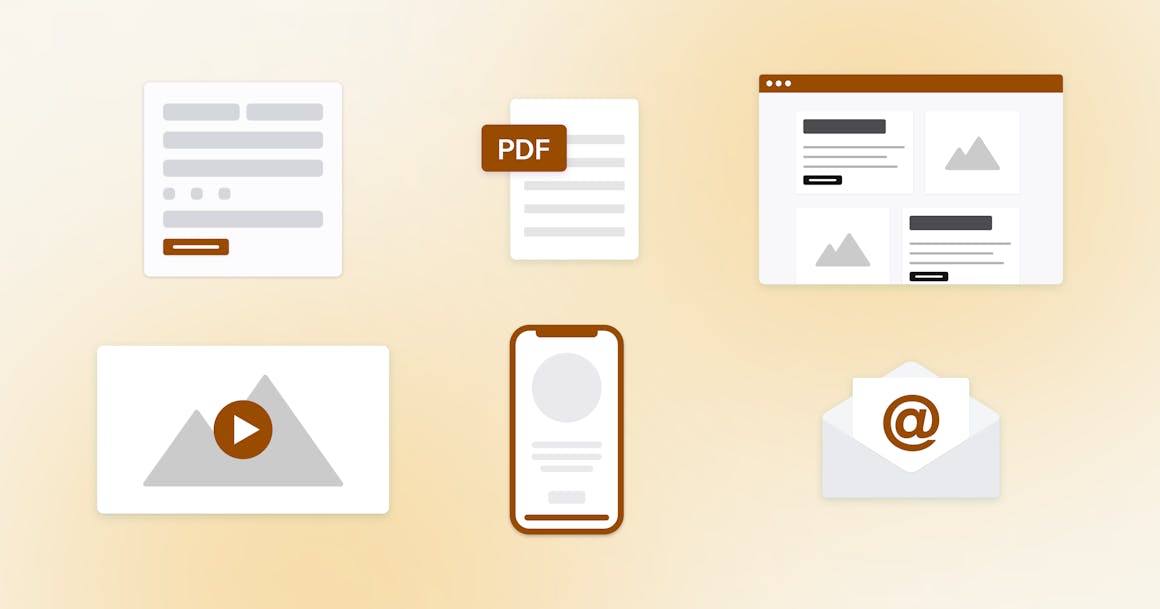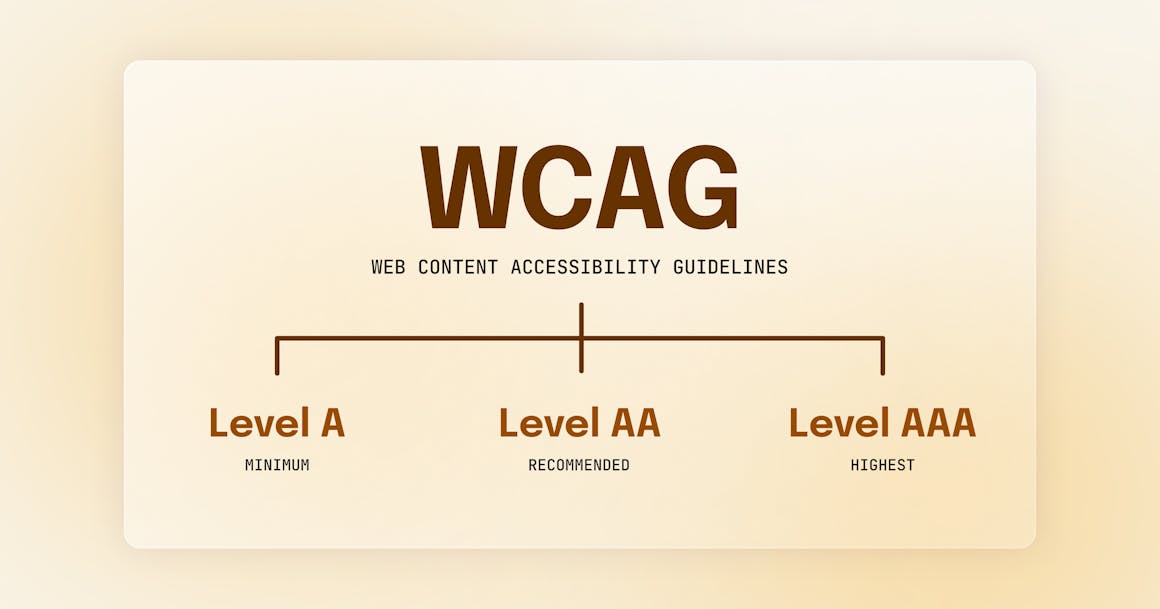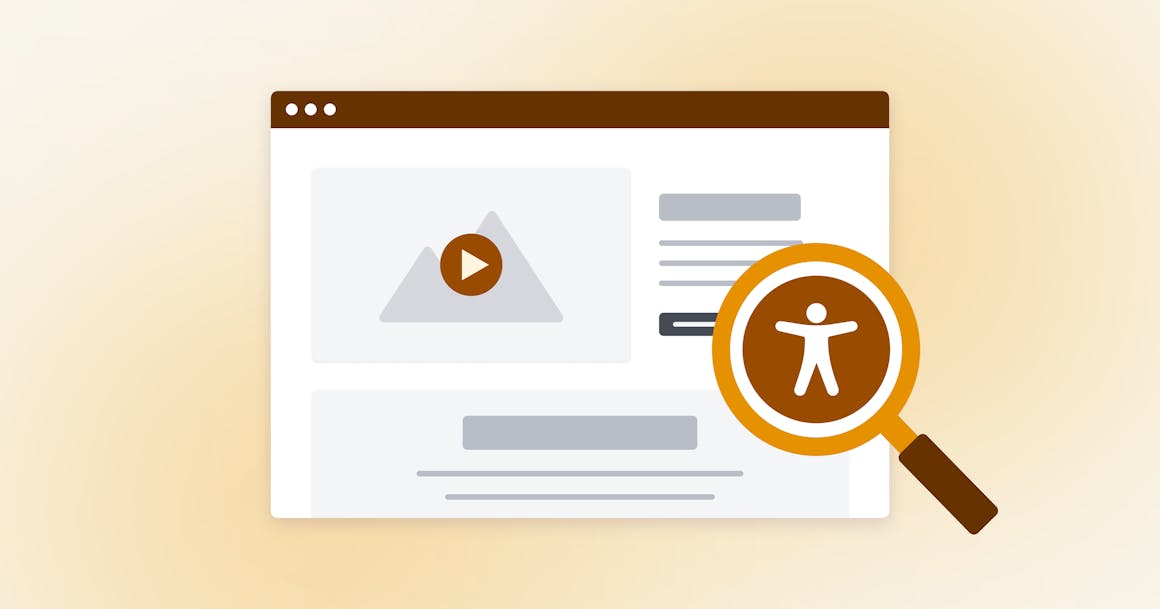Section 508 Compliance Checklists and Tools for Websites and PDFs


Ready to see AudioEye in action?
Watch Demo
To help you determine if you’re required to comply with Section 508, we’ve compiled a comprehensive 508 compliance checklist. We’ll also discuss how you can use accessibility tools like AudioEye to streamline your path to compliance.
Originally Posted on July 7, 2022
The Rehabilitation Act of 1973 is a federal law that guarantees people with disabilities equal access to any programs and activities funded by federal agencies. Subsequent amendments to the Rehabilitation Act include Section 508, which states that all information and communication technology (ICT), including all digital information and communications, must be fully accessible to individuals with disabilities.
Because Section 508 is federal legislation, all federal government agencies, their contractors, and the organizations that work with them are legally required to comply. Section 508 also applies to any government agency that receives federal funding at a state, county, or municipality level.
Below, we’ve provided an overview to help you determine if you’re required to comply with Section 508, along with an accessibility checker and Section 508 checklist for website developers and designers working with government digital properties.

What Technologies Does Section 508 Cover?
To comply with Section 508, all ICT and digital communications, including websites and PDFs, must meet accessibility standards. This includes the following technologies:
- All content on public-facing web pages and sites
- All printers, scanners, phones, and kiosks
- All online forms
- All internal and external emails
- All software and applications, including mobile apps
- All social media posts
- All resources for online training
- All sites, pages, and tools on an organization’s intranet
- All job application sites and pages
- All digital files, including PDFs or web-delivered documents
Every document on your website should be fully accessible, including PDFs, Excel sheets, and Word documents, so people with disabilities can easily navigate to these documents and browse through the content using keyboard commands and shortcuts or with assistive technologies such as screen readers.
It’s important to remember that Section 508 compliance is not a one-and-done undertaking: every time you add new online or digital content or update existing content, it should be reviewed to ensure it meets Section 508 standards.

Web Content Accessibility Guidelines (WCAG) and Section 508 compliance
Previously, Section 508 listed specific accessibility criteria that organizations were required to follow for compliance. However, in 2018, the Section was updated to instruct organizations to follow Level A or Level AA of the Web Content Accessibility Guidelines (WCAG), the universal standard for accessibility developed by the World Wide Web Consortium (W3C).
Now, when organizations follow the WCAG technical requirements, they know they’ll be aligned with the global standard for accessibility and other standards for accessibility, such as Section 508.
While the W3C recommends following WCAG 2.1 for all new and updated content, remember that Section 508 is not static legislation: compliance standards change over time, reflecting developments in WCAG standards and evolving accessibility technology. Organizations must ensure that they are aware of these changes and that their online content always complies with current Section 508 standards and meets WCAG conformance standards.

Section 508 Compliance Checklist
Start checking your content for Section 508 compliance using the checklist below. For more information, check out Section 508 requirements on the U.S. Access Board site.
- Sync captioning and ensure audio, video, or multimedia files have caption, transcript elements, or audio descriptions.
- Ensure easy keyboard-friendly navigation throughout the website, app, or menu.
- Every file and form should be accessible, fillable, and submittable, including online documents and PDFs.
- Include “Skip Navigation” options so users can sort and skip repetitive elements and get to main content quicker.
- Avoid special characters that trigger encoding errors.
- Reduce special effects applied to text.
- Eliminate any flashing or blinking text sections.
- Use image alt text for every graphic or visual element, such as image, diagram, and photo.
- Ensure page headers follow a logical order (e.g., H1, H2, H3).
- All links should be clearly visible, be underlined, and provide descriptive hyperlink labels.
- Define the language of your web pages
- Make sure web forms have a logical layout, instructions, required data formats, and labeled fields.
- Keep page titles brief and descriptive so users can distinguish them from one another.
- Make sure text is always easy to read and does not overlap, even when it’s enlarged.
- Ensure text has sufficient color contrast with background elements (WCAG guidelines recommend a color contrast ratio of 4.5:1) so web elements are easily distinguishable for users with vision impairments, including low vision or color blindness. A color contrast checker can help with this.
- Allow users to adjust time limitations on timed content.
- Include clear error messages that tell users what and where the error is and how to fix it.
- Provide clear, descriptive, and helpful page titles.
Section 508 Compliance Requirements with Assistive Technology
Roughly 20% of the population relies on assistive technology to access and navigate digital content. This includes devices such as screen readers, text-to-speech software, adaptive keyboards, Braille keyboards, head or eye movement input tools, and adaptive mice. With such a huge number of users relying on assistive technology, digital content must be compatible with assistive technology. This is also a requirement under Section 508.
The checklist below to ensure assistive technology users can use your digital content:
- Content must preserve relationships (including headings, lists, tables, etc.) through semantic HTML, allowing assistive technology to interpret and navigate them.
- Avoid instructions that rely only on sensory cues (e.g., ‘click the green button’). Screen readers cannot interpret color or visual emphasis.
- Avoid using color alone to convey meaning as assistive technology can’t communicate color-specific instructions effectively.
- All functionality must be accessible via keyboard.
- Ensure keyboard focus is visible and works consistently with all assistive technology tools.
- Prevent unexpected changes when users interact with a form or element (e.g., dropdowns auto-submitting).
- Ensure parsing code is free of errors so assistive technology can correctly interpret the content.
- All interactive elements (e.g., buttons, links, and checkboxes) must expose their name, role, and state to assistive technology.
Complete a Voluntary Product Accessibility Template (VPAT)
To determine whether their digital information and communications are fully accessible to people with disabilities, federal agencies, businesses that work with them, and government agencies (state, county, or municipal) that receive federal financial assistance can complete a Voluntary Product Accessibility Template (VPAT).
VPAT is a rigorous self-assessment tool that analyzes an organization’s products and content — including hardware, software, online content, and support documentation — for compliance with Section 508 standards.
The Information Technology Industry Council (ITI), a global advocate for technology, has created four different versions of the VPA. Each version has standards that correspond to different markets:
- Revised Section 508 standards — the accessibility standard for U.S. government agencies and businesses that work with them.
- EN 301 549 — the European accessibility standard for public procurement of ICT products and services.
- WCAG — Web Content Accessibility Guidelines
- INT — incorporates all three of the standards listed above.
Starting Your Path to Section 508 Compliance
While the checklist above may seem overwhelming, meeting Section 508 accessibility requirements is easy when you have the right tools. That’s where AudioEye comes in. We take a three-pronged approach to digital accessibility, allowing you to achieve industry-leading compliance with Section 508 accessibility standards.
We start with our free Web Accessibility Scanner that scans your content for 30 WCAG success criteria — more than any other tool on the market — which gives you a clear starting point for enhancing your site’s accessibility and compliance. Our Automated Fixes then resolve these accessibility issues automatically; we then supplement our automated testing with Expert Audits from the disability community to find and fix more accessibility issues. The result: a more accessible and compliant user experience.
To get started, enter the URL of your digital content into the scanner below. Then schedule a demo to see how AudioEye provides 400% better legal protection than consulting or automation-only approaches.
Ready to see AudioEye in action?
Watch Demo
Ready to test your website for accessibility?
Share post
Keep Reading

What’s New in WCAG 2.2: Changes and Updates from WCAG 2.1
Meeting WCAG 2.1 requirements doesn’t mean you conform to WCAG 2.2. Find out what’s changed and how to adapt your site or app.
compliance
April 07, 2025

ADA Demand Letter: What It Means & What to Do If You Get One
ADA demand letters are becoming more common. Understand what they are, how to respond, and how to reduce your legal risk moving forward.
compliance
March 28, 2025

Why an Accessibility Widget for Your Website Isn’t Enough — and What to Do Instead
Widgets seem like an easy way to ensure compliance with accessibility regulations, but your site/app needs more than they offer. Here’s how to approach it.
accessibility
compliance
March 25, 2025
